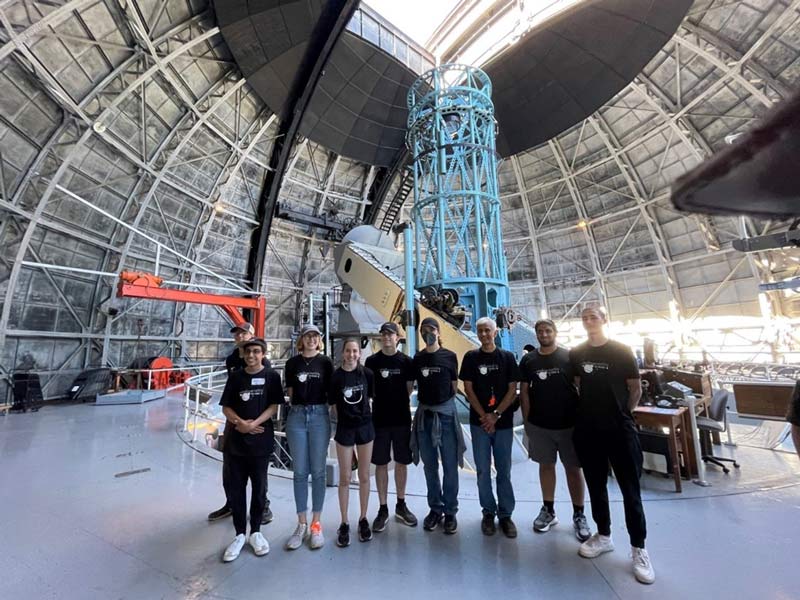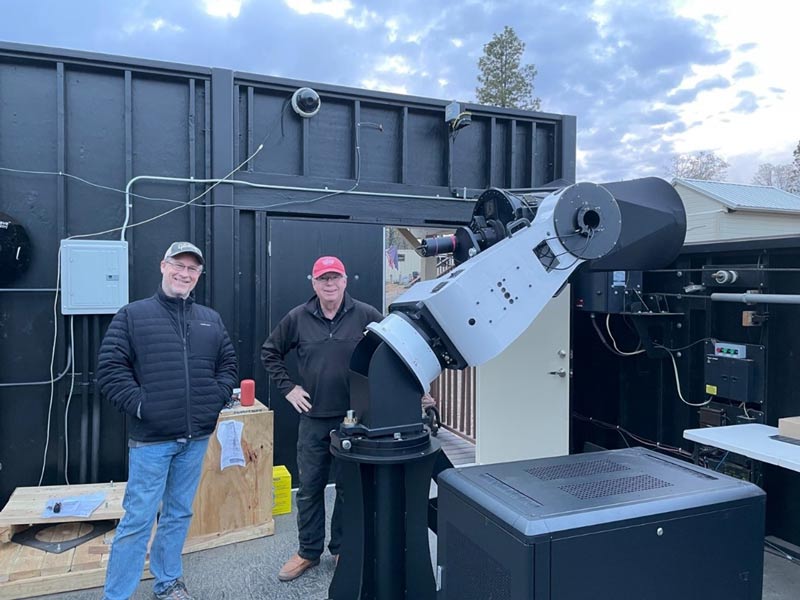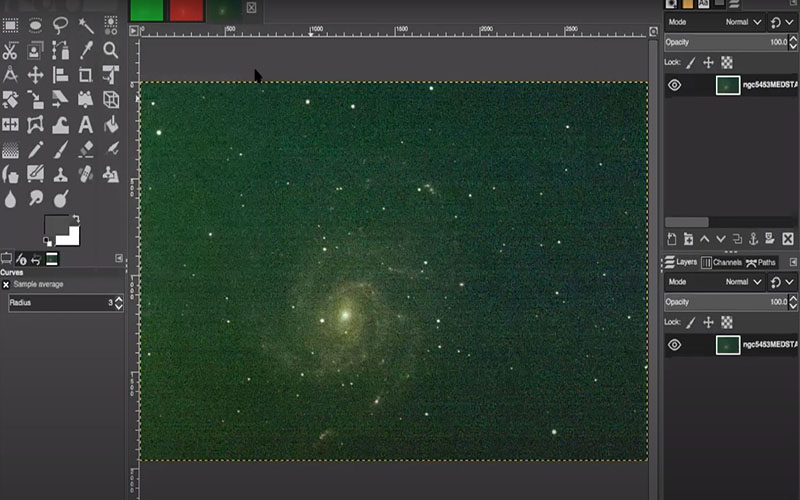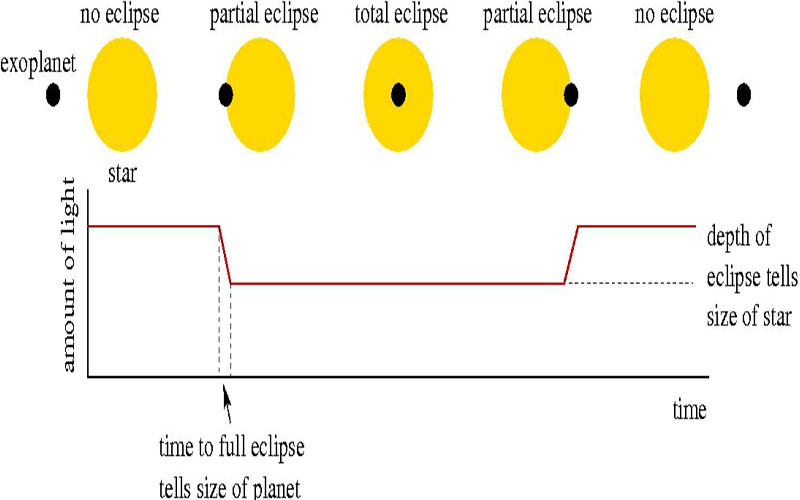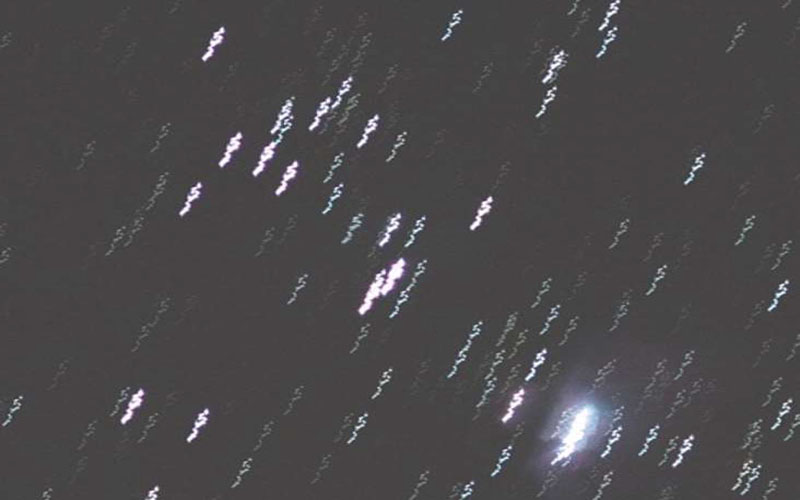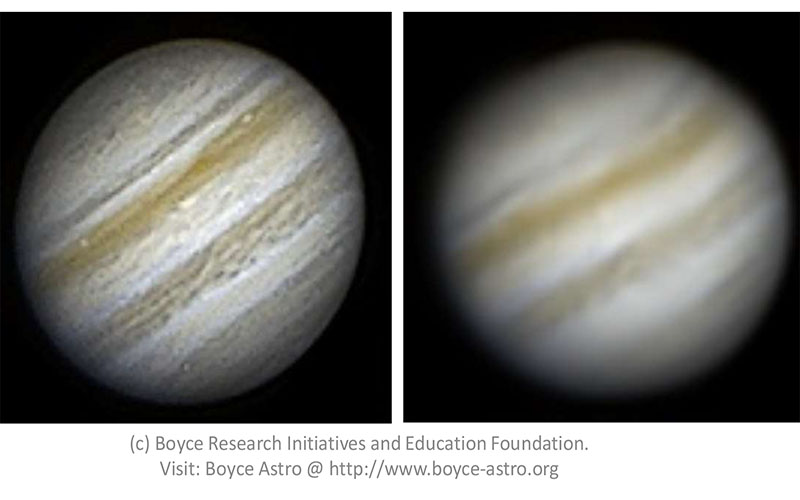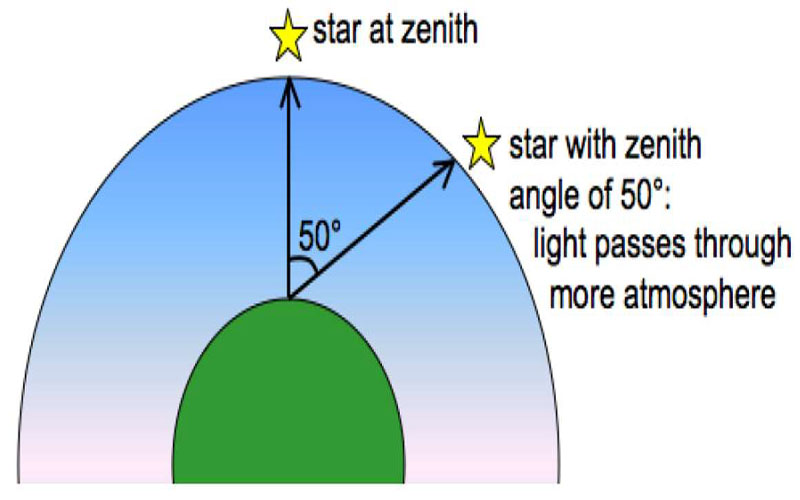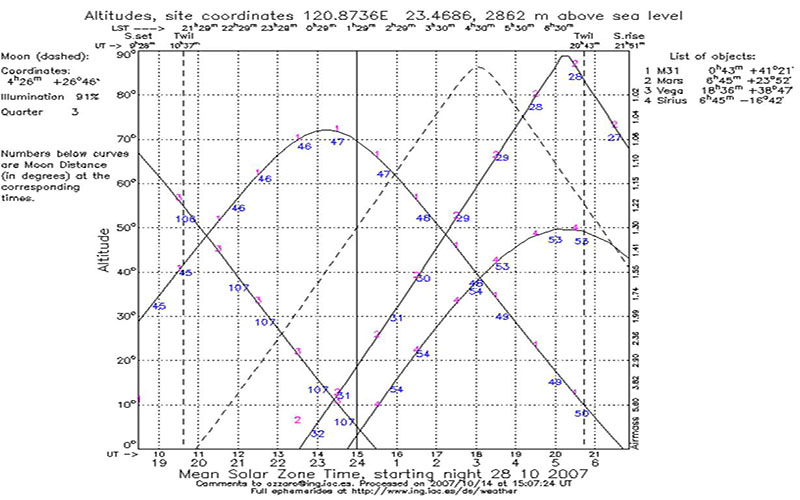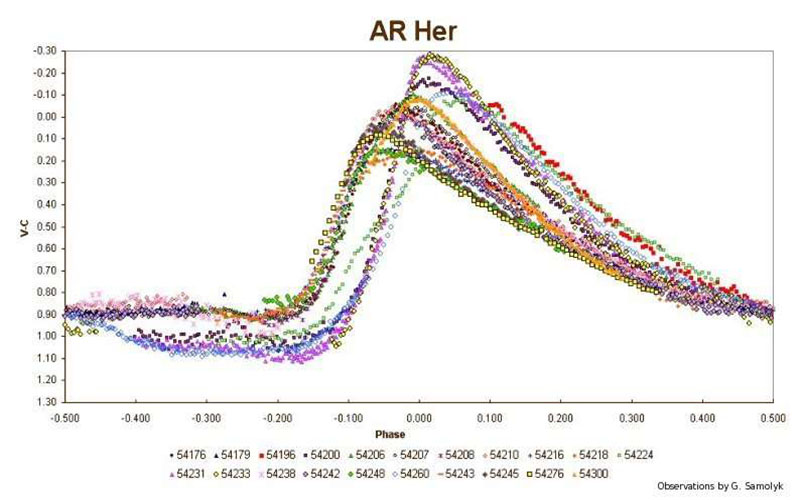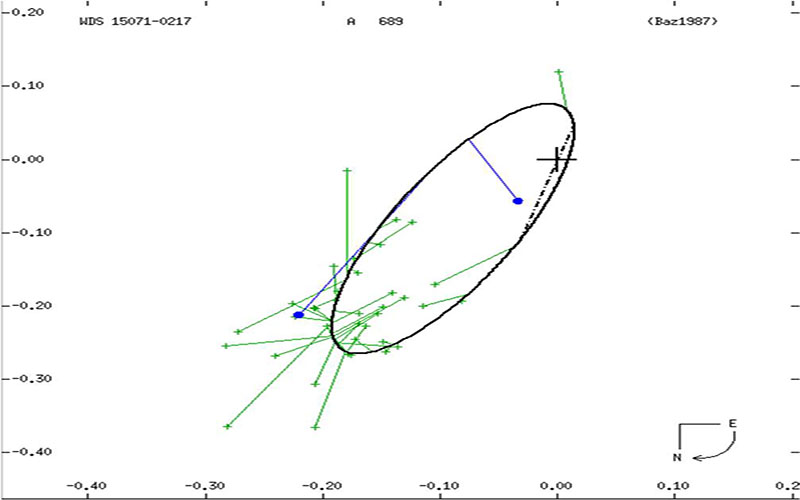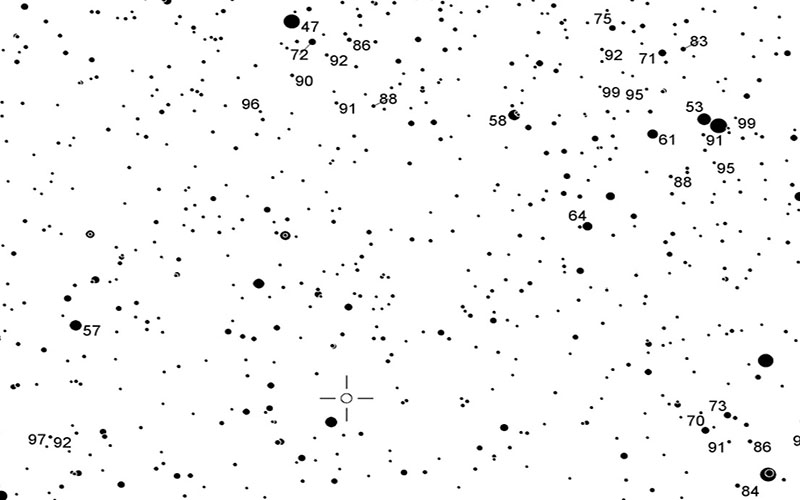Blog
BRIEF’s Executive Director elected to the AAVSO Board
In November 2022 Pat Boyce was elected to a three-year term on the Board of the American Association of Variable Star Observers (AAVSO). He founded BRIEF, a non-profit, in 2013 to introduce students to the scientific community through research in astronomy. He and his students have been active participants in the AAVSO and its programs.
BRIEF to support SDSU on new NSF grant
The National Science Foundation (NSF) awarded a three-year grant to the San Diego State University (SDSU) Astronomy Department in September 2022. The grant, “Comprehensive Analysis of Period Changes in Eclipsing Binaries as a Probe of Stellar Astrophysics” will use changes in the orbital periods of eclipsing binary stars to measure their interior structure.
A new student research tradition
In June 2022 BRIEF joined InStAR to conduct a two-day student research experience at Mt. Wilson Observatory (MWO). Twenty Boyce-Astro students performed speckle interferometry observations of binary stars using MWO’s 60” telescope, the world’s largest just over a century ago.
BRIEF receives new observatory from the Downing Family Operating Foundation.
The Downing Family Operating Foundation generously donated a PlaneWave CDK17 research grade telescope to BRIEF in May 2022. Located at Sierra Remote Observatory (SRO), the telescope, mounted on a PlaneWave L-500 mount and equipped with a QHY600 camera, will serve as a platform to advance robotic speckle interferometry and astrometry as well as extend the Boyce-Astro exoplanet observation program.
Register for DoubleSTARS by September 3
Register by September 3 for the Fall 2022 DoubleSTARS seminar. To register, please sign up for IntroSTARS. You may...
Python for Astronomy – registration is now open
Register now for our new Python, Colab and Github for Astronomy. Our new seminar starts March 17. Learn some of the...
Congratulations to Vladimir Bautista – New RNAAS published
Earlier in 2021, Vlad performed six time-series photometric observations on LCO and BARO observatories of a nova...
Fall 2021 DoubleSTARS Seminar Starts 9/22/21
Our Fall DoubleSTARS seminar will start on September 22 for all graduates of IntroSTARS who have passed the...
Exoplorer Seminar Begins August 4
Register now for our Exoplorer introduction to exoplanets and photometry seminar. In 6 weeks you will be making...
DoubleSTARS seminar – Starts February 17
Do astronomical research and write your first scientific paper for publication. Each Wednesday night at 8:00 we...
DoubleSTARS starting soon – sign up now
Experience science and be published. The Fall DoubleSTARS Seminar will start on September 22. Passing the FREE...
Using GIMP For Color Images
This lesson explains how to use the free image manipulation software GIMP to transform and colorize astronomy images.
Exoplanets
This lesson provides an overview of understanding, imaging, and analyzing exoplanets.
Bad Image Examples
This lesson provides multiple examples of poor-quality images and explains both the reasoning behind the results and some of the specific cases in which they may still be of use.
Seeing
Seeing is an important concept that describes how clear an image's subject is when viewed through the Earth's atmosphere.
Earth’s Atmosphere
A severely limiting obstacle, the Earth's atmosphere must be well understood and carefully considered when working in the field of astronomical imaging and science.
Planning Your Image – Non-Moving Object
This lesson guides the viewer through the process of preparing for an imaging run for an unmoving object in the night sky.
AAVSO Areas of Interest
The American Association of Variable Star Observers (AAVSO) serves as a dedicated research and outreach organization that allows both professionals and amateurs contribute to the vast and dynamic field of variable star research in countless unique ways.
Understanding the 6th Orbital Catalog
The 6th orbital catalog serves as a hub for proposed orbital solutions, while the published Sixth Catalog contains only orbits of the highest grade.
Flow of A Photometry Project
This lesson discusses the basic outline and design of a photometry project from identification of an object to the final stages of measurement and analysis.



